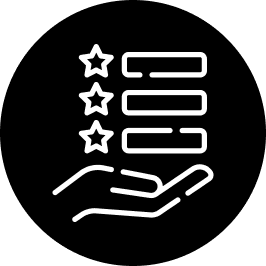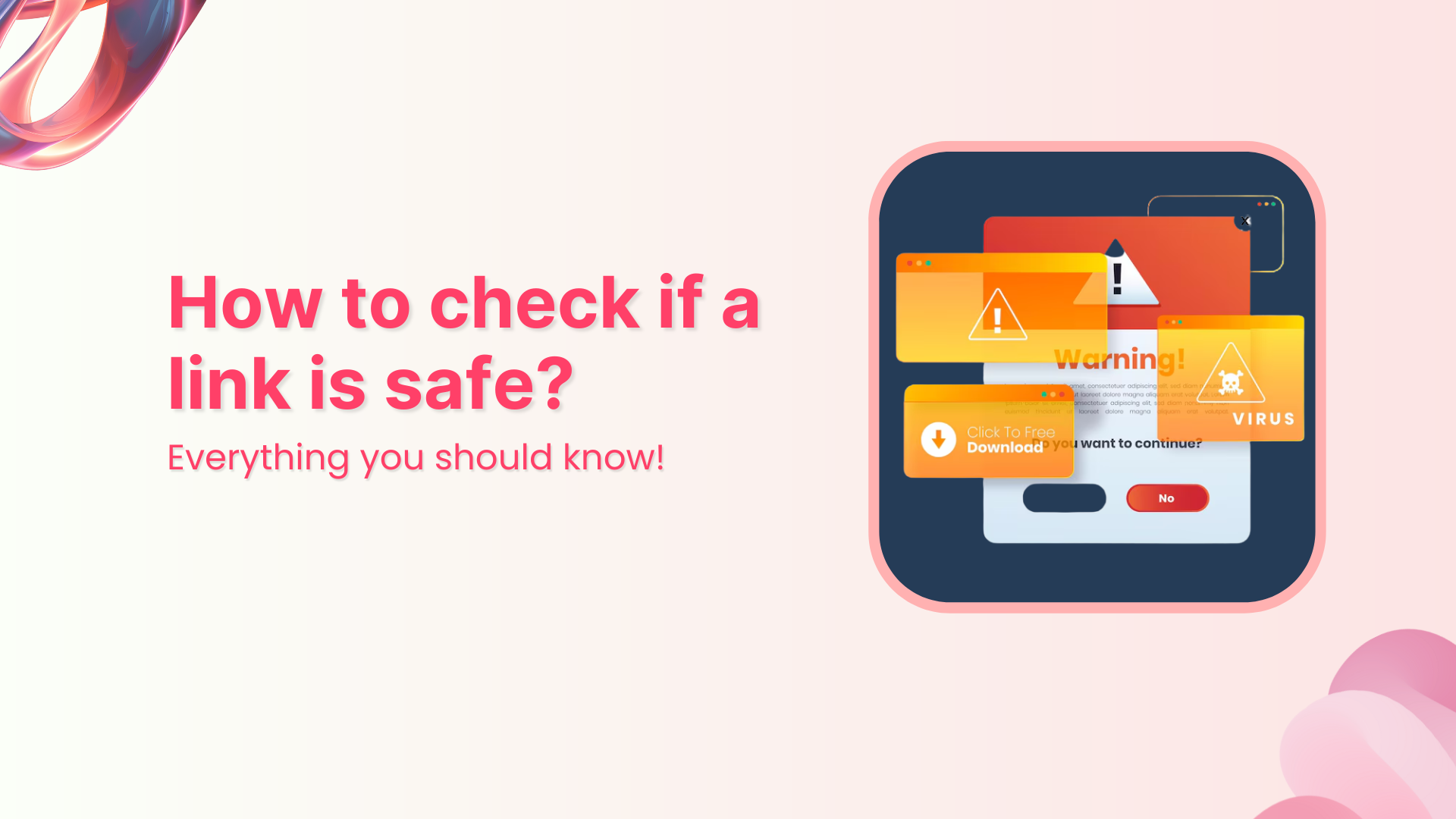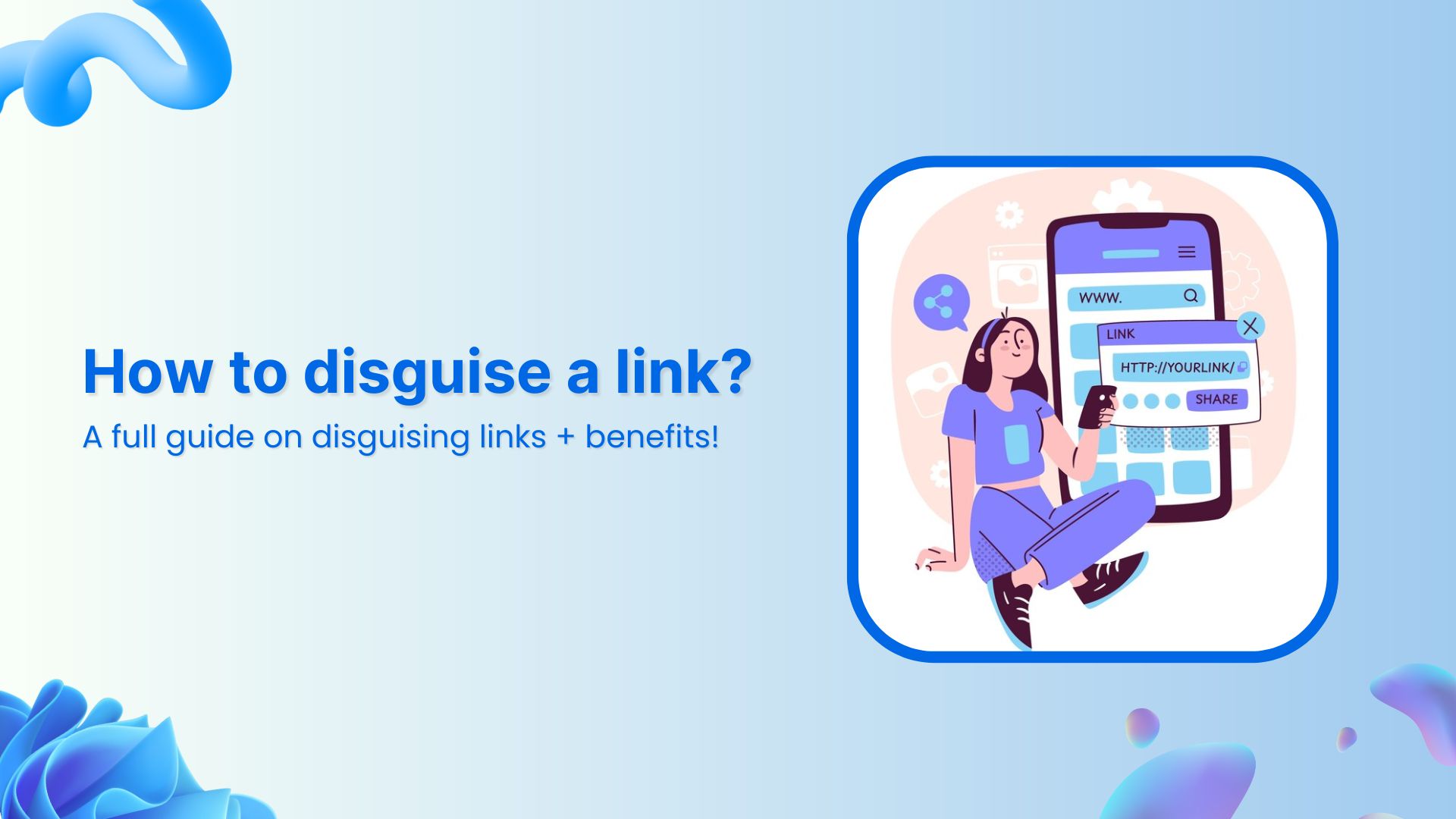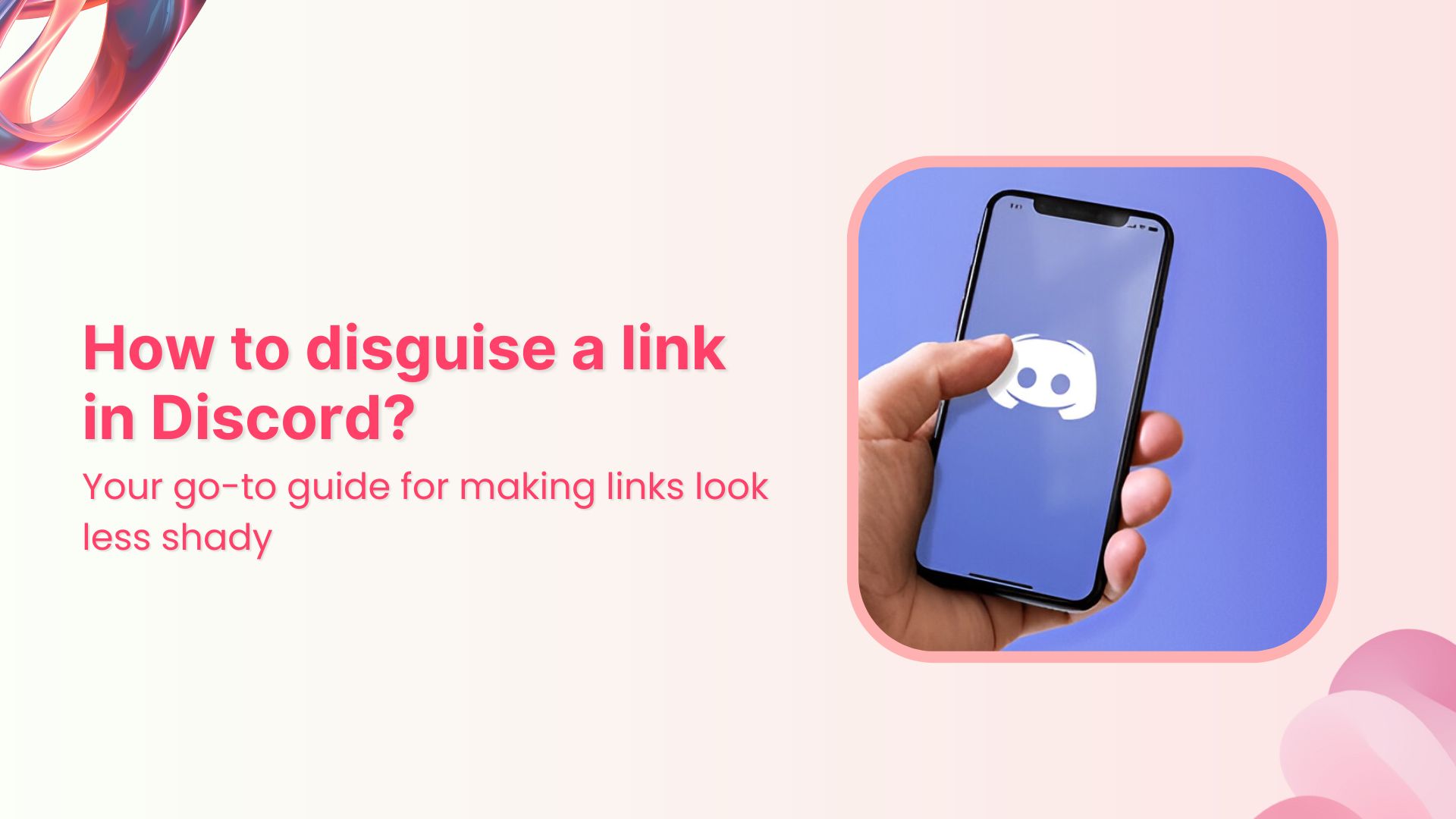These days, spotting a malicious link isn’t as easy as it used to be. Hackers have gotten smarter, and even the most harmless-looking URL could hide a scam, virus, or phishing trap. All it takes is one wrong click to compromise your personal data – or worse.
Whether you’re about to share a link or just thinking of clicking one, it’s crucial to double-check where it’s really taking you.
In this guide, we’ll walk you through simple tools, tips, and tricks to help you check if a link is safe. Plus, we’ll share extra insights to help you stay one step ahead of online threats. Stick around, it’s worth the read.
Shorten your links, amplify your brand.
Create shareable, trackable and fully customizable branded urls. Get more clicks with absolute link management features such as Bio Links, retargeting, deep Links, CTA’s and more.
Learn More!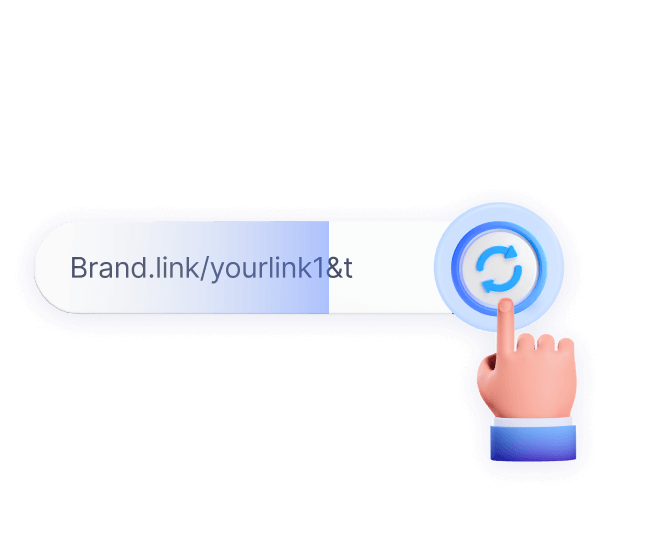
1. Hover over the link (but don’t click!)
Move your mouse over the link to preview the destination URL. On most browsers, the full link will appear in the bottom-left corner.
What to look for:
- Does the link match the website it claims to be?
- Avoid misspelled domains (e.g., g00gle.com instead of google.com).
2. Do a quick visual inspection
Legitimate URLs usually follow clear and consistent patterns.
Check for:
- Domain name: Should exactly match the known site (e.g., paypal.com, not paypa1.com).
- Protocol: Look for https://, not just http://.
- Suspicious characters: Avoid links with random strings, numbers, or strange extensions like .tk, .ml, or .ga.
- Red flags: Too many subdomains for examples;
Also read: What is a branded short domain and how do I get one?
3. Use a link scanner
Paste the URL into a trusted scanner to instantly check its reputation.
Recommended tools:
4. Check for HTTPS
Secure websites begin with https://. That little “s” means your connection is encrypted.
Avoid:
- Links that start with http:// (especially if you don’t recognize the site).
- Sites that don’t show a padlock icon in the browser bar.
5. Use browser security extensions
Install extensions that offer real-time alerts and block unsafe websites.
Recommended options:
- Web of Trust (WOT)
- Bitdefender TrafficLight
- McAfee WebAdvisor
- Norton Safe Web
- Avira Browser Safety
6. Verify the source of the link
Ask yourself: where did the link come from?
Be cautious of links in:
- Emails from unknown senders
- Social media DMs or unfamiliar posts
- Text messages with urgent action
- Pop-up ads or shady redirects
Legitimate sources:
- Come from verified accounts or trusted senders
- Match the brand’s official domain
- Don’t pressure you to act immediately
Also read: How to create an SEO-friendly URL: Ultimate tips
7. Examine the link’s context
Scammers often use tactics like fake urgency, threats, or requests for sensitive info.
Watch out for:
- Urgent language (“Act now!” “Only 5 minutes left!”)
- Grammar or spelling mistakes
- Generic greetings (“Dear user” instead of your name)
- Requests for passwords, PINs, or financial details
8. Follow safe browsing practices
Protect yourself with good habits:
- Hover to preview the URL
- Type URLs manually instead of clicking
- Copy-paste suspicious links into scanners
- Use bookmarks for trusted sites
- Update your browser and antivirus software regularly
- Enable built-in security warnings
- Use incognito mode or a separate browser for risky content
- Connect through a VPN on public Wi-Fi
How can I keep my links safe?
Clicking on malicious links can lead to identity theft, malware infections, financial loss, and privacy breaches. That’s why learning how to identify and share safe links is crucial for protecting yourself and your audience online.
Since you’re likely to encounter suspicious links at some point, it’s smart to take proactive steps. One of the best ways to safeguard your digital presence is by creating branded, trustworthy links with a secure URL shortener like Replug.
Create trustworthy branded links with Replug
Replug lets you shorten URLs using your own custom domain, making your links instantly recognizable and easier for your audience to trust. This helps prevent confusion with malicious links that might be impersonating your brand.
Branded Short Links
Create and track branded short links for your business for better conversions.
Brand Your Links Now!
To enhance safety and credibility even further, Replug offers features like:
- Password protection to restrict access to sensitive links
- Link previews so users know exactly where they’re headed
- Retargeting options to re-engage visitors with relevant ads
- Detailed analytics that track traffic sources, devices, and geographic data
Plus, all links created with Replug are encrypted with HTTPS, ensuring secure data transmission between your site and its visitors.
Also read: How to shorten a link using a URL shortener?
What to do if you click an unsafe link accidentally?
If you accidentally click an unsafe link, don’t panic – but do act fast. Here’s what you should do immediately:
1. Disconnect from the internet
- Temporarily disable Wi-Fi or unplug your network cable.
- This can stop malware from communicating with a server or spreading further.
2. Don’t enter any information
- If the link led to a suspicious form, don’t fill it out.
- Close the page immediately without clicking further.
3. Close the tab or browser
- Use Task Manager (Windows: Ctrl+Shift+Esc) or Force Quit (Mac: Cmd+Opt+Esc) if the page is unresponsive or won’t close.
4. Clear browser data
- Clear cache, cookies, and history to remove tracking data.
- In Chrome: Settings > Privacy and security > Clear browsing data.
5. Run a security scan
- Use antivirus software to scan your system for malware or threats.
- Windows Defender or third-party tools like Malwarebytes can help.
6. Change passwords (if needed)
- If you entered credentials, change them immediately – especially for emails, banks, or work accounts.
- Enable two-factor authentication (2FA) where possible.
7. Monitor your accounts
- Watch for suspicious activity on emails, social media, and bank accounts.
- Consider setting up alerts for login attempts or transactions.
8. Report the link
- Report the URL to your email provider, browser (like Google Safe Browsing), or IT team (if at work).
- This helps protect others from clicking it too.
Also read: How do URL shorteners work
Shorten your links, amplify your brand.
Create shareable, trackable and fully customizable branded urls. Get more clicks with absolute link management features such as Bio Links, retargeting, deep Links, CTA’s and more.
Learn More!
Conclusion
Remember that cybercriminals constantly evolve their tactics. The best defense combines technical tools with informed skepticism and careful browsing habits.
Stay informed:
- Follow cybersecurity news and alerts
- Participate in security awareness training
- Share knowledge with friends and family
- Report suspicious links to appropriate authorities
No single method is foolproof, but using multiple verification techniques significantly reduces your risk of falling victim to malicious links.
FAQs: How to check if a link is safe?
How can I tell if a link is suspicious before clicking?
Hover over the link without clicking. Most browsers show the full destination URL in the bottom-left corner. Check for misspellings, strange domains, or excessive subdomains that might signal a phishing attempt.
Are shortened URLs always unsafe?
Not always, but they can be risky if you don’t know who created them. Use trusted tools like Replug to help users instantly recognize and trust your URLs.
What tools can I use to check if a link is safe?
Some reliable link scanners include Google Safe Browsing, VirusTotal, Norton Safe Web, and Sucuri SiteCheck. Just paste the suspicious link into any of these platforms to check for known threats.
What should I do if I accidentally click a malicious link?
Immediately disconnect from the internet, don’t enter any personal information, close the browser, clear your cache, and run a full antivirus scan. If you entered login credentials, change your passwords and enable 2FA.



















